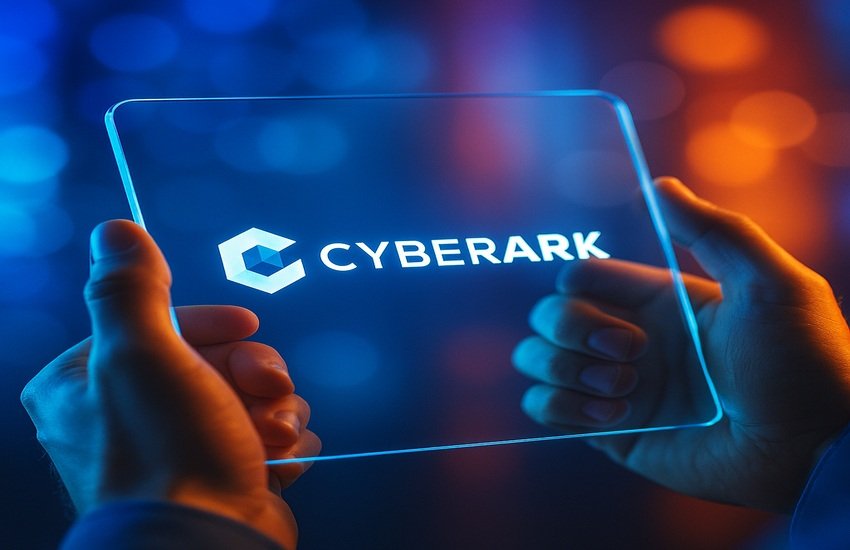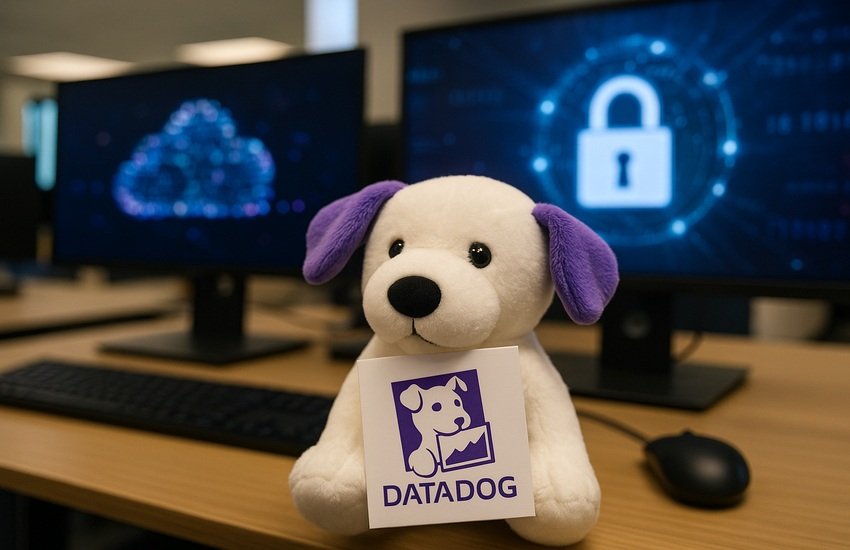Continue Reading With Our 7-Day Free Trial
Palo Alto Networks is reportedly in advanced discussions to acquire CyberArk Software in what could be one of the largest cybersecurity deals of 2025, valued well above CyberArk’s current $20 billion market capitalization. The deal could be finalized as early as this week, according to sources familiar with the matter. This move would represent a strategic escalation in Palo Alto’s ongoing push toward cybersecurity platform consolidation—particularly in identity security, a domain increasingly recognized as the central battleground against cyber threats. Palo Alto’s CEO, Nikesh Arora, has publicly emphasized the need to collapse fragmented cybersecurity stacks into more integrated offerings, arguing that the existing patchwork of point solutions is unsustainable in a threat landscape dominated by AI-powered attacks. While the news sent CyberArk’s shares surging over 13%, Palo Alto’s stock dipped 5%, reflecting market apprehension over the potential dilution or integration risks. Here’s a detailed breakdown of what might be driving Palo Alto’s interest in CyberArk.
Reinforcing Identity As A Defensive Frontline
Identity security has rapidly evolved into the primary defense vector in the cybersecurity arena. As noted by CyberArk’s Chief Strategy Officer Clarence Hinton, adversaries are increasingly targeting identities—human, machine, and hybrid—as the point of ingress for sophisticated attacks. CyberArk’s core competency in privileged access management (PAM) offers robust, deterministic controls that proactively safeguard access credentials, including vaulting, session management, and lifecycle governance. Palo Alto’s platform currently emphasizes probabilistic, detection-oriented approaches aligned with security operations center (SOC) use cases, such as EDR and XDR. Integrating CyberArk’s preventative identity controls would significantly deepen Palo Alto’s security stack, offering customers protection not only from detected anomalies but also from the root cause—unauthorized access. Moreover, CyberArk’s capabilities span the entire identity continuum—from traditional PAM to modern use cases such as securing cloud infrastructure, developer consoles, and workforce identity through just-in-time access and secure web sessions. The acquisition would allow Palo Alto to embed robust identity controls across its existing suite and address the growing market need for unified identity security that spans all user and workload types. This layered integration could bolster customer trust and reduce the attack surface in a threat landscape that’s becoming increasingly identity-centric.
Entering The IGA & Machine Identity Markets
With the recent acquisition of Zilla Security, CyberArk has also extended its reach into the identity governance and administration (IGA) segment—traditionally outside Palo Alto’s core competencies. This move closes the loop in identity security by allowing CyberArk to manage not just access permissions but also ensure correct provisioning across SaaS and on-prem applications. The IGA market remains fragmented, with legacy solutions often being cumbersome and slow to deploy. CyberArk’s modern, cloud-native IGA approach—leveraging AI to streamline governance—resonates with customer demand for faster time-to-value and reduced operational complexity. Separately, CyberArk’s acquisition of Venafi has positioned it as a serious player in machine identity security, a market segment experiencing rising urgency due to shortened certificate life cycles and expanded machine-to-machine communication across hybrid cloud environments. As enterprises grapple with how to secure AI agents and nonhuman workloads, CyberArk’s machine identity suite, which spans secrets management, certificate lifecycle, and workload access, becomes a crucial asset. For Palo Alto, these extensions into IGA and machine identity offer new revenue streams and a broader footprint in identity-centric security, while enabling more comprehensive controls across increasingly automated and AI-driven enterprise environments.
Enhancing Cross-Sell & Account Expansion Potential
CyberArk’s business model features high land-and-expand potential, particularly through its modular subscription offerings in PAM, workforce identity, and machine identity. According to management, new logos frequently land with multiple products and then expand over time via multiyear roadmaps. Even within core PAM, customer deployment is often phased—starting with high-priority areas and expanding to new departments, cloud teams, or acquired business units. This creates a durable tailwind for recurring revenue growth and account expansion. CyberArk’s net retention rate, already elevated, is fueled by its ability to sell advanced add-ons like secure web sessions, just-in-time cloud access, and workforce password management. Integrating CyberArk into Palo Alto’s broader platform could dramatically accelerate this upsell motion across Palo Alto’s existing customer base, many of whom may lack comprehensive identity protections. Furthermore, CyberArk’s installed base of over 10,000 customers and its traction in large enterprises—including Fortune 1000—would allow Palo Alto to deepen its presence in high-value accounts. Given that the acquisition would bring along not just technology but a deeply embedded, enterprise-focused sales organization, Palo Alto could improve its cross-sell effectiveness and enhance client stickiness across the board.
Platform Consolidation & The Strategic Trust Premium
Nikesh Arora has emphasized the importance of “consolidation of trust,” where customers are seeking fewer, more strategic vendors to manage sprawling cybersecurity stacks. CyberArk is one of the few pure-play identity security providers with a platform vision aligned with this trend. Rather than focusing on piecemeal capabilities like SSO or MFA, CyberArk has architected a unified platform that addresses the lifecycle needs of all identity types—human and machine—across discovery, access provisioning, secure authentication, and compliance audit. Its platform includes a shared back-end and unified user experience tailored by identity role, which aligns well with Palo Alto’s integration-centric product philosophy. By bringing CyberArk in-house, Palo Alto could elevate its platform from a network-centric perimeter security suite to one that includes identity as a foundational pillar. The acquisition would also enhance Palo Alto’s ability to address emerging needs such as agentic AI security, where identity plays a dual role in controlling what AI agents can access and preventing their corruption or misuse. Consolidation would also help customers reduce their vendor footprint, improving operational efficiency and compliance posture. Strategically, owning a market leader in identity security would give Palo Alto differentiation in a space where Microsoft and CrowdStrike have both made inroads—albeit from different angles—offering Palo Alto a defensible and expanding wedge in the identity domain.
Key Takeaways
While CyberArk offers a compelling strategic fit, a potential acquisition by Palo Alto Networks must be evaluated against financial and integration realities. Palo Alto is currently trading at elevated LTM valuation multiples, with a price-to-sales of 19.92x and an EV/Revenue of 19.22x, significantly higher than historical norms. Moreover, LTM EV/EBITDA stands at over 6,400x due to depressed earnings, suggesting that a high-premium acquisition could strain its financial model unless substantial synergies are realized. CyberArk, for its part, brings specialized technology, a loyal customer base, and expanding capabilities in PAM, IGA, and machine identity, but also poses integration challenges given the complexity of identity workflows and enterprise customization. Additionally, market dynamics could change if other suitors emerge or if regulatory scrutiny intensifies under antitrust regimes. Whether the deal materializes or not, the potential combination reflects broader shifts in the cybersecurity landscape—where identity is no longer a siloed discipline but a foundational pillar in holistic security architecture.





